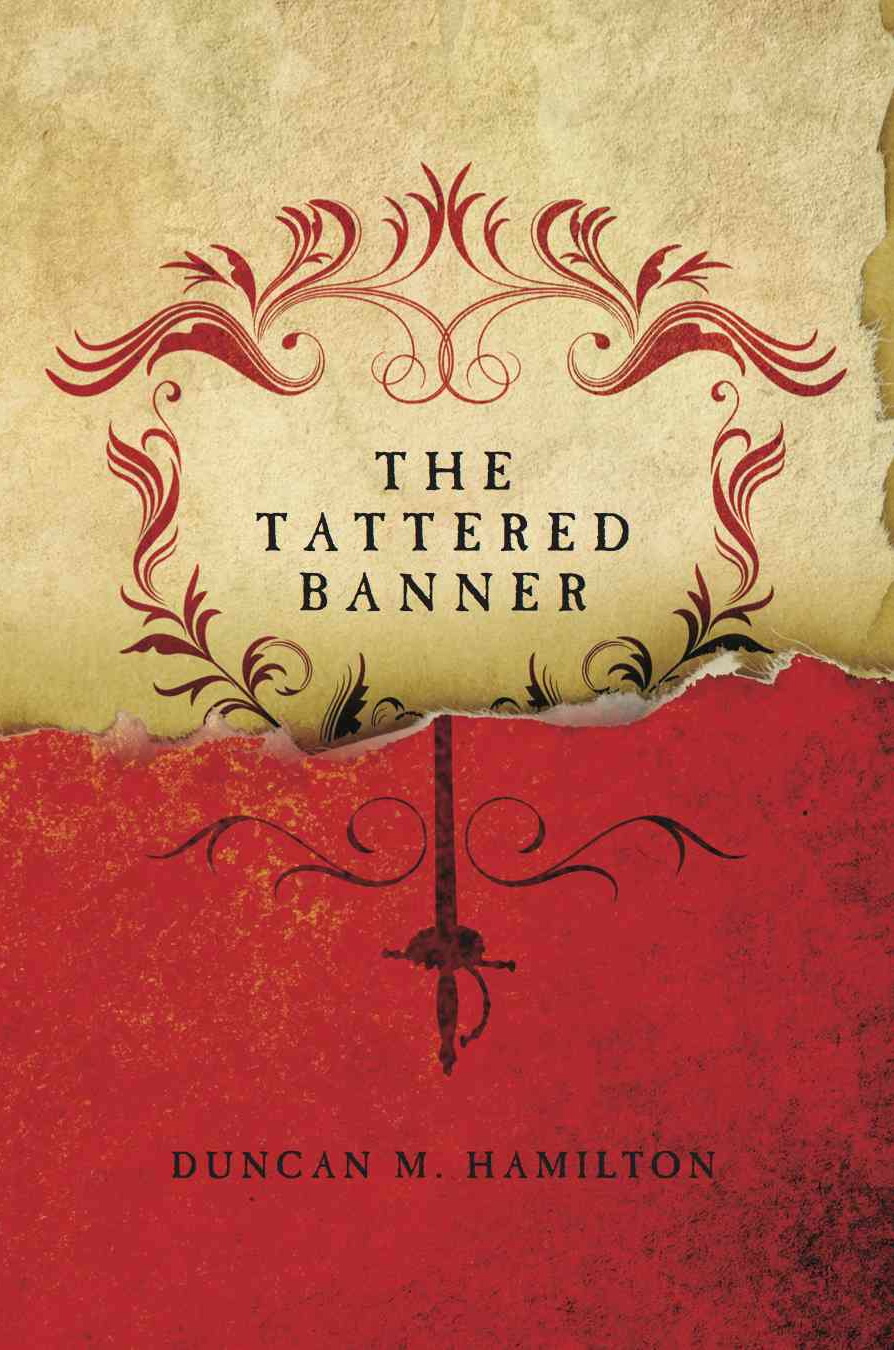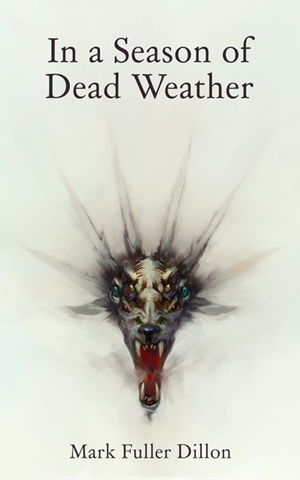 Chained by Fear, book two in Jim Melvin’s Death Wizard Chronicles, begins the story of Laylah, the beautiful sister of the evil sorcerer Invictus.  Invictus has imprisoned Laylah in a magical tower, hoping that she’ll one day become his queen and rule the world of Triken with him.
Chained by Fear, book two in Jim Melvin’s Death Wizard Chronicles, begins the story of Laylah, the beautiful sister of the evil sorcerer Invictus.  Invictus has imprisoned Laylah in a magical tower, hoping that she’ll one day become his queen and rule the world of Triken with him.
Laylah, however, happens to be the sane one in the family.  She’s repulsed at the thought of marrying her own brother, let alone spending her life with a depraved lunatic with god-like powers.  She’s locked away for seventy years—her demon blood gives her long life—before finally escaping with the help of Invictus’s former allies.
While on the run, she meets Torg the Death-Knower, a powerful wizard in his own right.  We last saw Torg in Forged in Death, after he had escaped Invictus’s vile prison and made some roguish friends.  When Laylah and Torg meet, sparks fly.  Literally.  They are drawn to each other in a supernatural passion that neither can explain.  They only know that their fates are entwined and that they will live or die together.
But Invictus has something to say about this.  He unleashes his hideous minions to retrieve Laylah and finally destroy the Death-Knower, the one being in all of Triken that can oppose him.
When you pick up a Jim Melvin novel, you know you’re in for two things:
(1) Melvin excels at world-building.  Triken’s cultures, magic, and monsters all resonate with real-world mythologies.  But Melvin adds unique twists that make them at once familiar and alien.
(2) Melvin’s Death Wizard Chronicles are adult fantasy.  Make no mistake, this series if far more G.R.R. Martin than J.R.R. Tolkien due to its sexual content and violence. However, I did not think the sex and violence were gratuitous, and I thought it helped illustrate either the depravity or kindness of the characters.
Chained by Fear resolves a minor quibble I had with Forged in Death.  Torg was too powerful in book one, and nothing could hurt him unless he allowed it.  It’s the challenge that Superman’s writers have dealt with for decades: how do you make readers worry about a character who can’t be hurt?
Melvin solved this by giving Torg cherished friends.  He may not die if he fails, but his friends surely will, and in gruesome ways.  Torg’s adventures were far more harrowing this time around, and gave him the chance to demonstrate his honor and strength while he protected the people he loves.  Melvin nicely sets up a character in Torg who is the polar opposite of the wicked Invictus.
And the fact they love the same woman will make their inevitable battle viciously personal.  I’m looking forward to it.
Highly recommended.
Chained by Fear, and the Death Wizard Chronicles, are available on Amazon.
[Note:Â Cross-posted at The New Podler Review of Books.]
 The Tattered Banner by Duncan M. Hamilton is not your typical rags-to-riches fantasy story, but it does start out as one.
The Tattered Banner by Duncan M. Hamilton is not your typical rags-to-riches fantasy story, but it does start out as one. I Am John, I Am Paul by Mark Tedesco follows the lives of two real-life Roman soldiers in the fourth century, Ioannes (John) Fulvius Marcus Romanus and Paulus.  John and Paul form a strong bond of friendship during their days fighting on the German frontier, a bond that is never broken even when John is sent away to Alexandria by a sadistic centurion.
I Am John, I Am Paul by Mark Tedesco follows the lives of two real-life Roman soldiers in the fourth century, Ioannes (John) Fulvius Marcus Romanus and Paulus.  John and Paul form a strong bond of friendship during their days fighting on the German frontier, a bond that is never broken even when John is sent away to Alexandria by a sadistic centurion. In Apple Blossom Time by Robert Wack starts with an interesting Prologue—a time traveler jumps back and forth in time between different locations in World War II Europe tracking another man important to the time traveler’s mysterious mission. It’s a violent struggle, as the traveler sometimes kills his quarry and then sometimes loses him.
In Apple Blossom Time by Robert Wack starts with an interesting Prologue—a time traveler jumps back and forth in time between different locations in World War II Europe tracking another man important to the time traveler’s mysterious mission. It’s a violent struggle, as the traveler sometimes kills his quarry and then sometimes loses him. Black Book, Volume 1, has the first three episodes of the genre-bending Black Book series. It’s a story that mixes Western, science fiction, and fantasy into a quest that spans centuries.
Black Book, Volume 1, has the first three episodes of the genre-bending Black Book series. It’s a story that mixes Western, science fiction, and fantasy into a quest that spans centuries. As the father of a 7-year-old, I can relate to many of the short stories in David Drazul’s sci-fi/horror collection, We’ll Watch the Sunrise from the Bottom of the Sea. The overarching theme to this collection is that parents are often clueless when it comes to raising their kids. Sometimes we get it right; sometimes we fail miserably. But we always try to do the right thing.
As the father of a 7-year-old, I can relate to many of the short stories in David Drazul’s sci-fi/horror collection, We’ll Watch the Sunrise from the Bottom of the Sea. The overarching theme to this collection is that parents are often clueless when it comes to raising their kids. Sometimes we get it right; sometimes we fail miserably. But we always try to do the right thing.
 Originally posted at the
Originally posted at the  Forged in Death, the first of six books in Jim Melvin’s Death Wizard Chronicles, starts out with a scene from a claustrophobic’s nightmare – Torg, the Death-Knower and king of the Tugars, is imprisoned by the evil wizard Invictus at the bottom of a cold, dark pit bored hundreds of feet into a mountain. He can’t stretch out because the pit is too small, and he can’t lean against the walls, because they’re enchanted with flesh-burning magic. He either has to stand or curl into an uncomfortably tight fetal position.
Forged in Death, the first of six books in Jim Melvin’s Death Wizard Chronicles, starts out with a scene from a claustrophobic’s nightmare – Torg, the Death-Knower and king of the Tugars, is imprisoned by the evil wizard Invictus at the bottom of a cold, dark pit bored hundreds of feet into a mountain. He can’t stretch out because the pit is too small, and he can’t lean against the walls, because they’re enchanted with flesh-burning magic. He either has to stand or curl into an uncomfortably tight fetal position. Originally posted at
Originally posted at